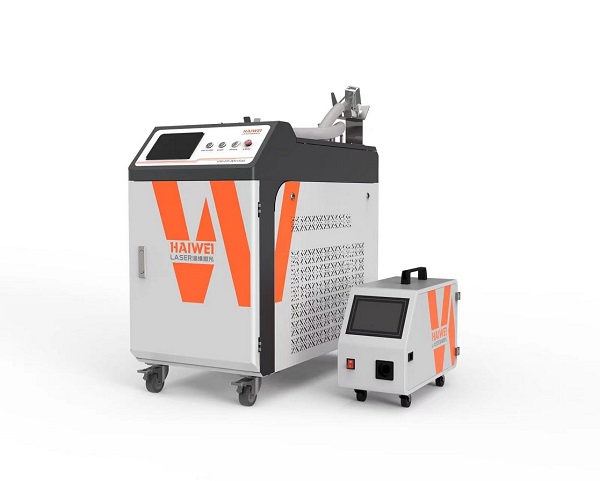Understanding the Differences in Application Ranges for Various Power Levels of Laser Welding Machines
When considering the purchase of a laser welding machine, one critical factor to evaluate is the power level. Different power levels are suited for various applications, and understanding these differences can help you select the right equipment for your specific needs.

Low-Power Laser Welding Machines: Precision at Its Best
Low-power laser welding machines typically range from 100W to 500W. These devices are ideal for delicate tasks that require high precision with minimal heat-affected zones (HAZ).
Ideal Applications:
Thin Materials: Suitable for welding materials as thin as 0.1mm.
Precision Components: Commonly used in electronics, medical devices, and jewelry manufacturing where fine detail is crucial.
Dissimilar Metals: Effective for joining different metals without causing significant thermal distortion.
Key Benefits:
Minimal HAZ ensures high-quality welds on sensitive components.
Reduced risk of material warping or discoloration.
Medium-Power Laser Welding Machines: Versatility Across Industries
Medium-power laser welding machines operate within the range of 500W to 4kW. They offer a balance between precision and penetration depth, making them versatile across multiple industries.
Suitable Uses:
Automotive Parts: For welding components like body panels and exhaust systems.
Sheet Metal Fabrication: Ideal for cutting and welding sheet metal up to 3mm thick.
Tool and Die Industry: Can handle both intricate work and more substantial parts.
Advantages:
Increased penetration allows for thicker material welding compared to low-power machines.
Enhanced speed and efficiency over low-power alternatives.
High-Power Laser Welding Machines: Heavy-Duty Solutions
High-power laser welding machines, ranging from 5kW to 6kW and beyond, are designed for heavy-duty applications requiring deep penetration and fast processing speeds.
Targeted Applications:
Heavy Machinery: Perfect for constructing large machinery and structural components.
Aerospace: Capable of welding thick aluminum and titanium alloys used in aircraft.
Shipbuilding: Used for assembling large ship sections that demand robust weld joints.
Notable Features:
Ability to weld through thick materials efficiently.
Higher throughput due to increased welding speeds.
Selecting the Right Power Level Based on Your Needs
Choosing the appropriate laser welding machine power depends on several factors including material thickness, required precision, and production volume. Here’s how to make an informed decision:
Assess your project requirements carefully before deciding on a machine.
Consider future scalability when selecting a model; opt for slightly higher power if anticipating growth.
Consult with experts who can provide tailored advice based on your specific application needs.
Understanding the distinctions among different laser welding machine power levels enables businesses to invest wisely. Whether you need a device for micro-welding or heavy-duty fabrication, selecting the correct power ensures optimal performance and cost-effectiveness. By evaluating your operational demands and consulting with knowledgeable suppliers, you can choose a laser welding solution that perfectly aligns with your production goals.
Recent Posts
- What are the advantages of laser welding machines in lithium battery pack production lines?
- What issues should be noted when choosing a lithium battery pack production line?
- Quality Inspection and Control of Lithium Battery Module Pack Production Line
- Cell grouping and sorting process in lithium battery module pack production line
- What are the safety hazards of lithium battery pack production lines and how can they be prevented?
INQUIRY

